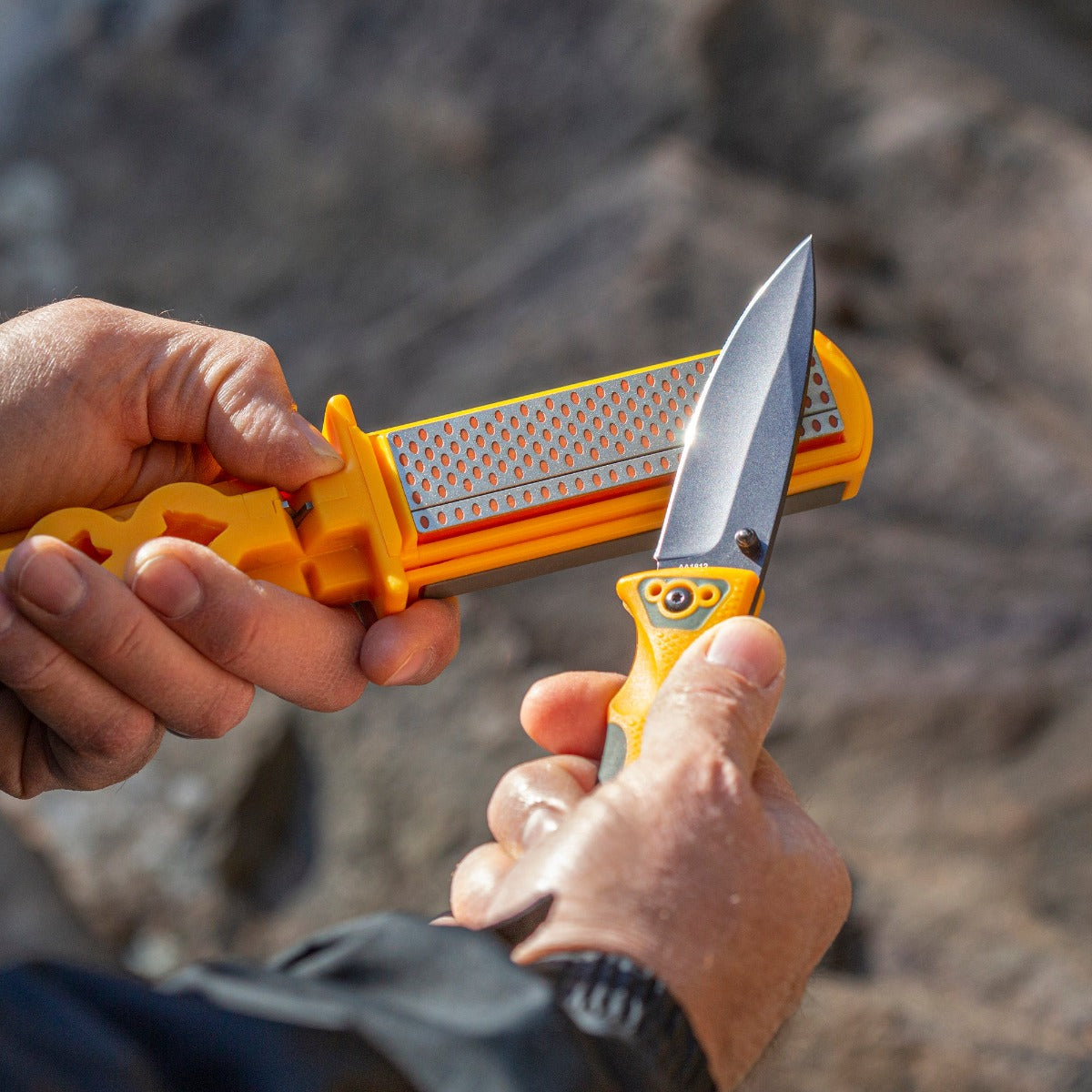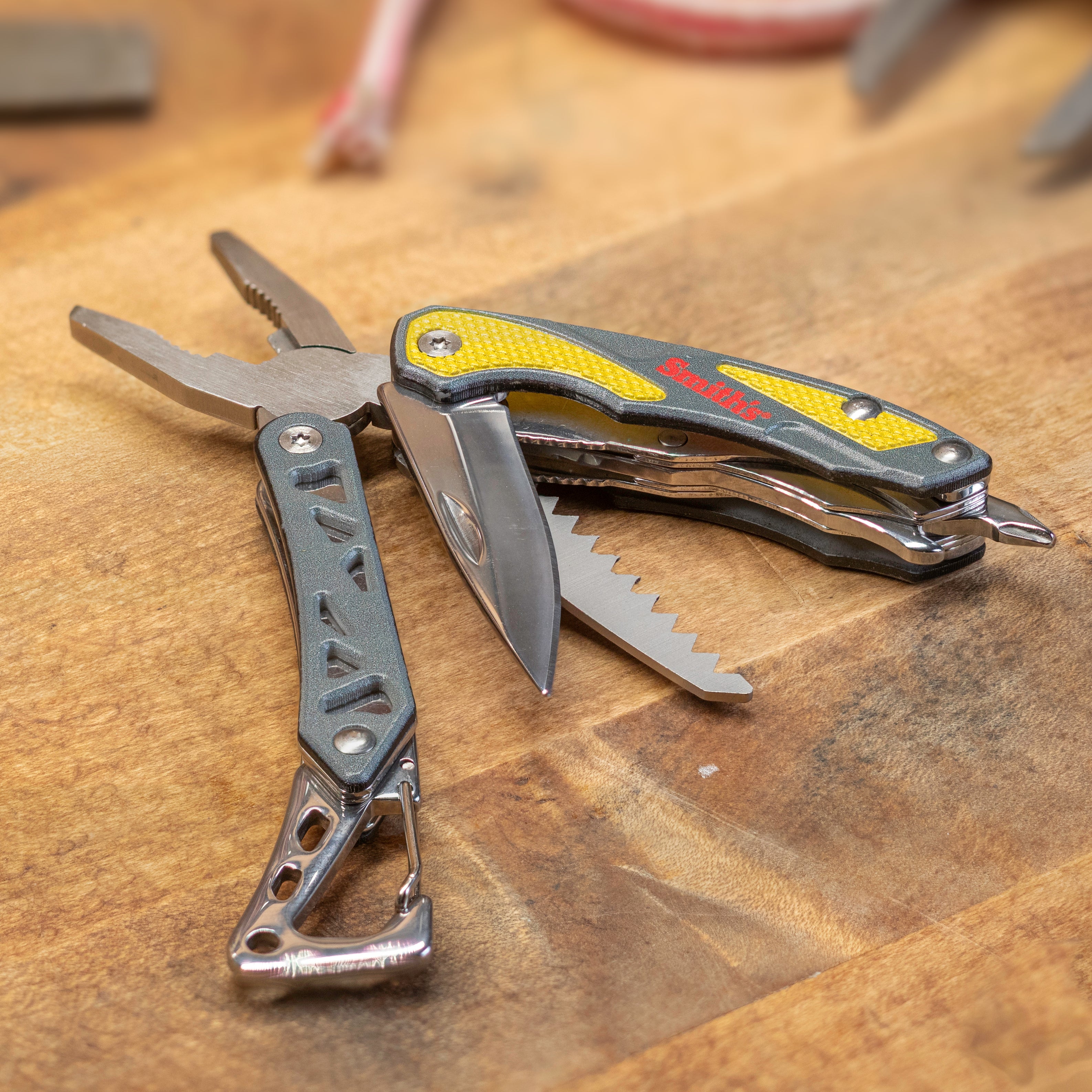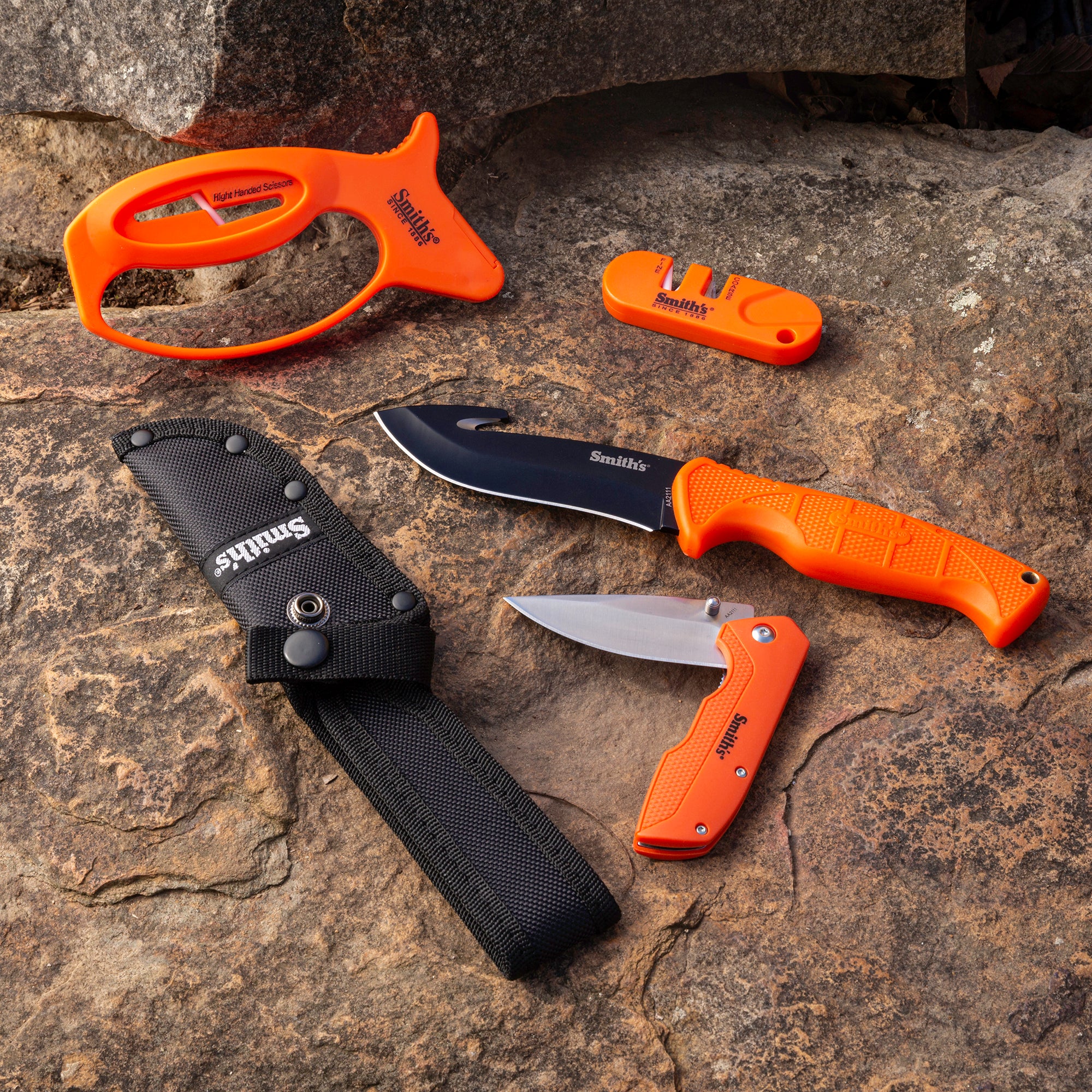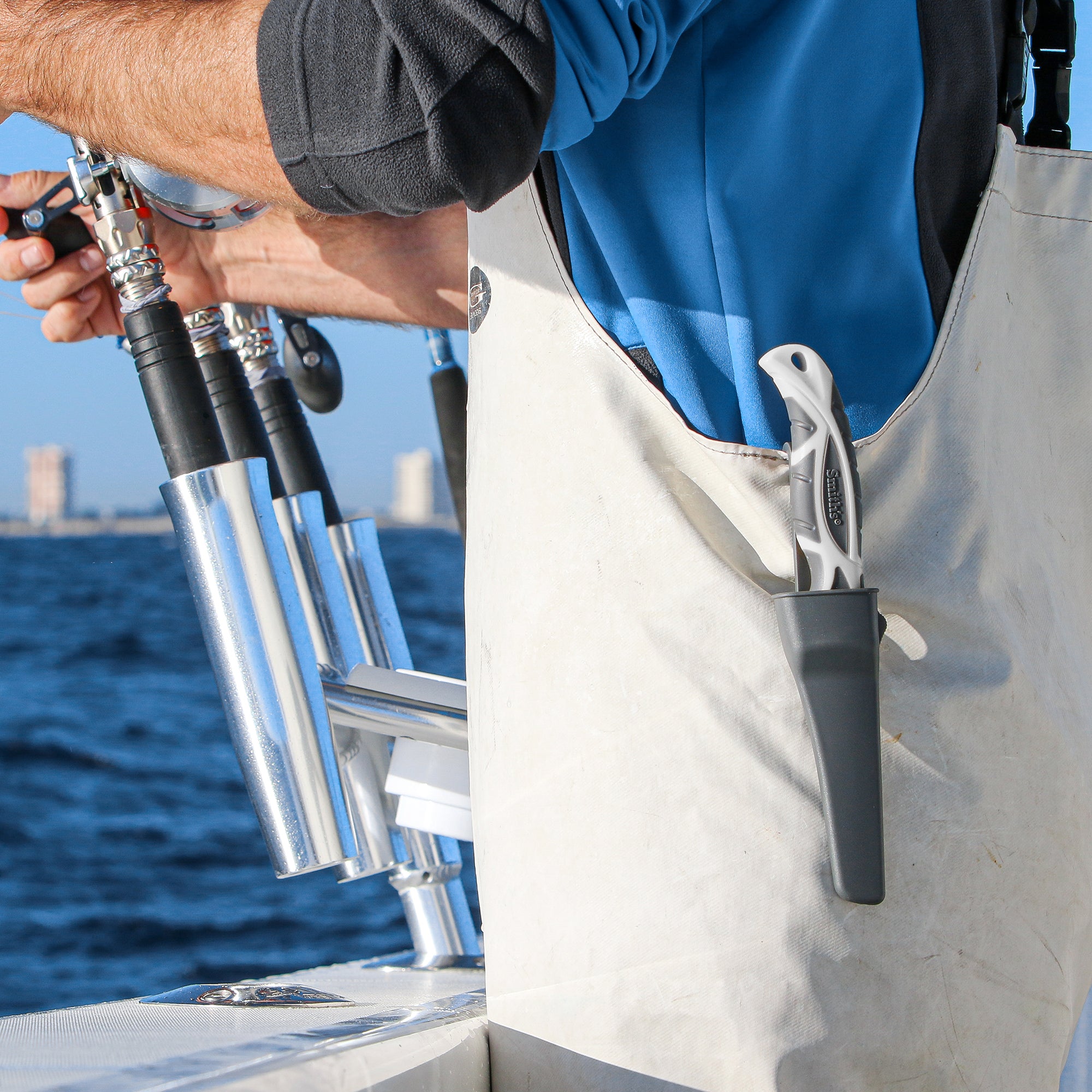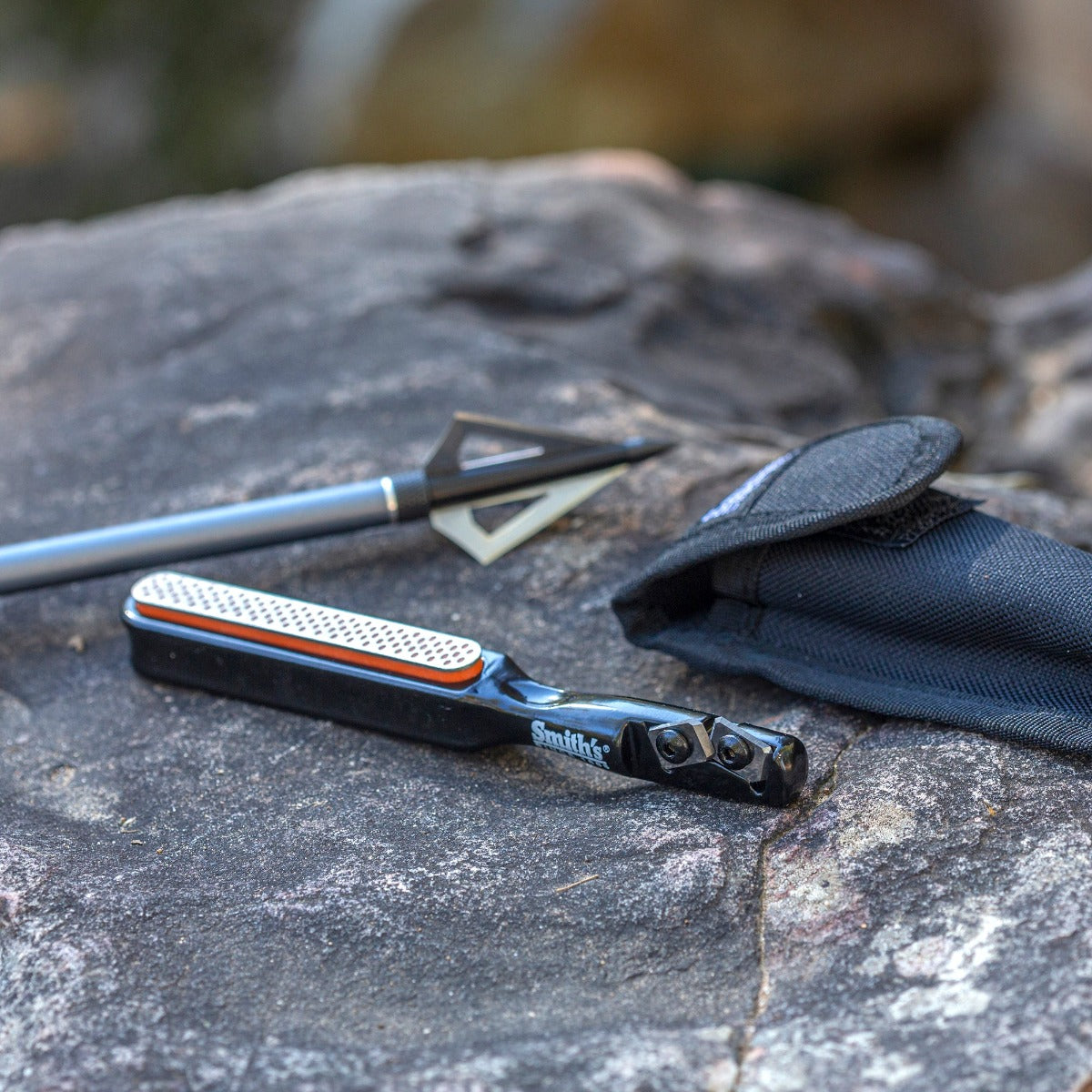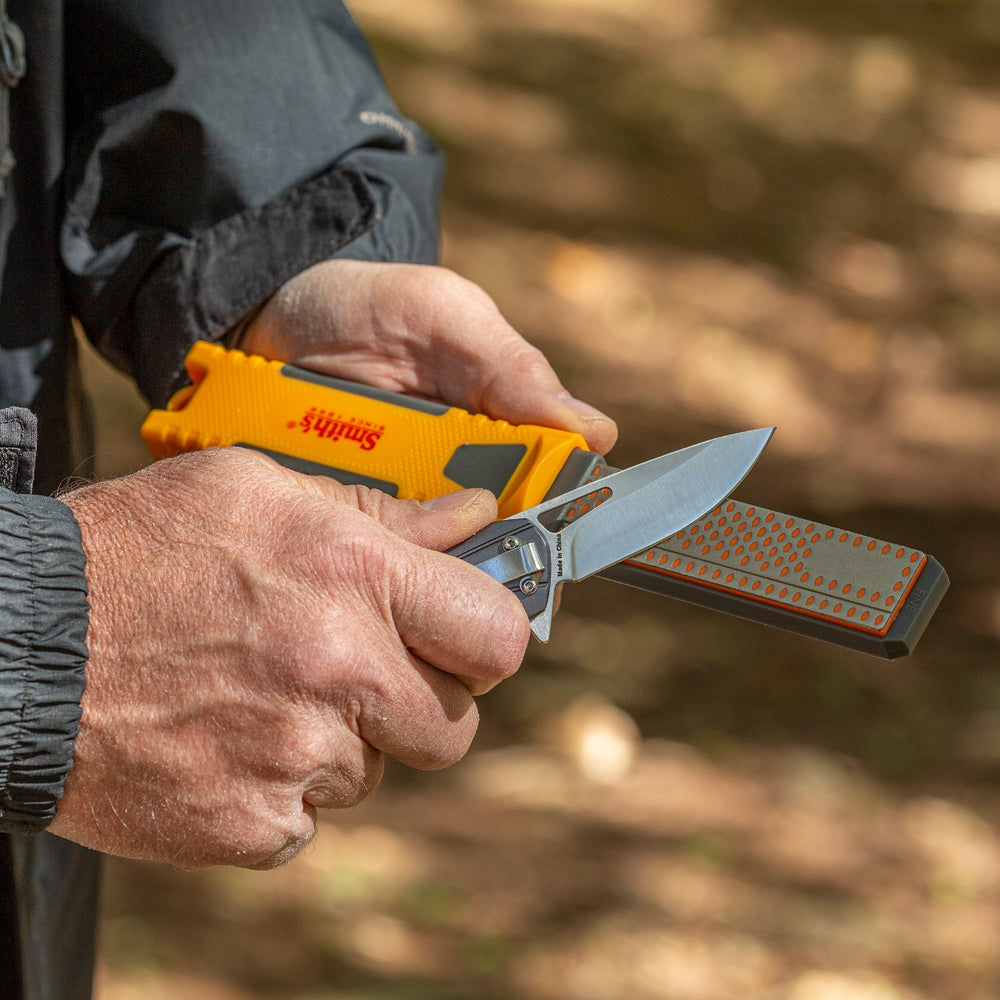THE BENEFITS OF KILL BAGS
KEEP YOUR CATCH FRESH WITH SMITH'S CONSUMER PRODUCTS
BY: SID DORBIN
Whether fishing from boat, kayak, beach, bridge, dock, or pier, fish bags —or what are often called “kill bags”—are a convenient way for storing and transporting the fish you keep. Transferring fish from a boat’s fish box to a cooler and then to the location where you clean the fish is much more efficient if you store and move the fish using a fish bag (plus, if you put your fish directly into the kill bag, you don’t have to clean the fish boxes on your boat). On the beach, pier, kayak, or bridge, putting fish into the fish bag makes transportation easy and the insulating properties of the bag keep fish fresh, unlike using a bucket. Likewise, many fish bags also double as live bags, fitted with aerators for transferring live fish from live well to weigh stations at tournaments or for keeping live bait. So, fish bags can be important and efficient parts of your gear, but it is important to understand what to look for in a fish bag to find the right one for your fishing applications. These are the primary criteria to consider when selecting a good kill bag:

SIZE
Kill bags are available in a range of sizes. Two factors play into deciding what size bag to select.
First, your targeted fish species should be the primary guide in what size bag you need. A 40-inch pike or a 40-inch snook isn’t going to fit in a 30-inch bag. If you’re targeting panfish or mangrove snapper, you probably do not need a 60-inch bag (unless you plan to keep a lot of fish).
Second, consider the space in which you will use the bag. On the one hand, smaller bags are more efficient in smaller spaces. A smaller bag will be much more useful on a kayak than a bag that takes up most of your deck space and gets in your way. If you’re fishing from a boat and your deck can accommodate a larger bag efficiently, then larger bags are a great option.
Consider the weight of a full bag, as well, and how far you have to carry it. Dragging a 60-inch bag along a riverbank or beach might be less efficient than carrying a 30-inch or 36-inch bag on a shoulder strap.
Keep in mind, too, that one of the benefits of a kill bag over a cooler is that when you’re not using it (that is, before you catch the first fish), you can fold it up and store it more easily than you can a cooler. So, it requires less out-of-use storage space.

MATERIALS
Most kill bags are made from either a polyvinyl chloride (PVC) or thermoplastic polyurethane (TPU) tarpaulin. PVC bags use a thicker external coating than do TPU bags. TPU bags tend to be more resistant to punctures and tears and they have greater insulation properties than PVC. Plus, they resist holding on to odor.
Given that kill bags inevitably get coated in fish slime and blood—both inside and outside, you want to look for a material that is easy to clean. Marine grade tarpaulin materials are easier to clean with common cleaning supplies like liquid soaps, and they also resist staining.
INSULATION
Kill bags need to insulate. Because fish bags remain in the open—in the sun, wind, rain, snow—in order to protect the contents of the bag—the fish and the ice—they need to be insulated. Insulated bags work to retain the temperature of the items placed in them. A good kill bag will help insulate the contents of the bag from warming in the sun or even from freezing on those cold ice-fishing trips.
STITCHING
The materials of a kill bag are put together either by stitching them or sealing them. Many bags on the market are made using stitched seams that are then sealed across the stitching. Some are made using a system of gluing the pieces of material together to seal the seams. Some bags are also made by “welding” the seams by heating and melting the pieces of material together, but this a difficult process, so is not used often. Ultimately bags that are sealed rather than stitched provide more protection against leakage and better insulation.
CLOSURE
Most kill bags rely on zippers to close the bag, and you can find bags that rely on metal zippers, plastic zippers, or even coated zippers. Ultimately, the risk with metal zippers is corrosion, particularly when using the bag in marine environments. Of course, all wet environments contribute to hardware corrosion, so you’ll want to find a bag that uses corrosive-resistant zippers.

PORTS
Draining and drying a kill bag can be frustrating. Many are not designed to remain open to dry and they are not designed to stand upside down while opened to drain. Thus, having a drain port near the bottom of the bag can be beneficial.
Drain ports are available with either threaded caps or plug caps. Plug caps can easily pop open, allowing the drain to leak and spill. Threaded caps are more reliable, particularly threaded caps that don’t separate from the drain but instead open a drain vent. Also, threaded drain caps with a rough relief to them can be easier to grip when your hands are wet and slimy.
Tournament anglers often rely on kill bags to carry fish from live wells on their boats to the weigh in stations. Kill bags that come equipped with aerator ports can facilitate this use. Look for aerator ports that are leak proof and that can accommodate a range of aerator hose diameters. A 30-inch or 36-inch bag with an aerator port can be an ideal tournament live bag for bass tournaments. They also make great live bait bags.
BOTTOM
Kill bags need to have flat bottoms. You do not want to struggle to keep a bag upright when putting fish into it, nor do you want the bag to tip over and spill the fish and ice already in the bag—especially in your truck.
Also, keep in mind that the bottom of a kill bag needs to be one of the strongest parts of the bag since it will bear the weight of whatever you put in the bag. Look for bags—especially bigger bags—that have gusseted or reinforced bottoms.
HANDLES
Of course, one of the key features of a kill bag is the efficiency in carrying the bag. Look for bags with multiple carrying options like adjustable shoulder straps and grab handles.
Keep in mind, too, that kill bags can be heavy when filled with ice and fish, so look for strong, reinforced handles and straps. Consider the stitching that attaches the handles to the bag. Look for handles and straps made from heavy duty webbing strap materials and D-rings or other hardware made from stainless steel or other corrosive-resistant materials. Avoid straps that clip on using plastic materials, as they are more likely to break.

PRO TIP
Even though you can’t do this before buying a kill bag to help you decide which bag to purchase, one of the best ways to test a bag for many of the criteria above is to fill it with ice and let it sit. Check for how long it takes the ice to melt to check the insulative qualities, how much condensation appears on the outside and to see if there are leaks around the seams. Also, check to see how heavy the bag is when it is full to better understand how the straps accommodate carrying the bag.
Because of their insulative qualities and ease for carrying, kill bags can also be excellent for carrying your beer and ice when you get skunked!
Here are some great kill bag options from Smith's Consumer Products:
INSULATED 30IN BAIT AND FISH KILL BAG
Smith's Mr. Crappie Chiller Bait and Fish kill bag is constructed with heavy-duty washable marine grade tarpaulin. The adjustable padded shoulder strap makes loading and carrying your catch or bait a breeze. The Chiller doubles as a bait bag equipped with a universal aerator mounting loop with a leak resistant hose port. The drain port allows you to drain off any water to keep your catch fresh and ready for to the grease. The 15" x 30" size bag with 8" sit flat bottom keeps the Chiller sitting upright on the boat or truck.

INSULATED 36IN BAIT AND FISH KILL BAG
Smith's Bait and Fish kill bag is constructed with heavy-duty washable marine grade tarpaulin. The adjustable padded shoulder strap makes loading and carrying your catch or bait a breeze. This bag doubles as a bait bag equipped with a universal aerator mounting loop and a leak resistant hose port. Equipped with drain port you can drain off any water to keep your catch fresh and ready to clean. The 18" x 36" size bag with 10" sit flat bottom keep the bag sitting upright on the boat or truck.

INSULATED 48IN FISH AND GAME KILL BAG
Smith's Game and Fish kill bag is constructed with heavy-duty washable marine grade tarpaulin. The adjustable padded shoulder strap makes loading and carrying your catch or bait a breeze. This bag a total for four heavy duty grab handles. The two centers padded handles and the two large end handles allow for a 4-person carry when the bag is fully loaded. Equipped with drain port you can drain off any water to keep your catch or game fresh and ready to clean. The 26" x 48” size bag with 10" sit flat bottom keep the bag sitting upright on the boat or truck.

INSULATED 60IN FISH AND GAME KILL BAG
Smith's Game and Fish kill bag is constructed with heavy-duty washable marine grade tarpaulin. The adjustable padded shoulder strap makes loading and carrying your catch or bait a breeze. This bag a total for four heavy duty grab handles. The two center padded handles and the two large end handles allow for a 4-person carry when the bag is fully loaded. Equipped with drain port you can drain off any water to keep your catch or game fresh and ready to clean. The 30" x 60” size bag with 12" sit flat bottom keep the bag sitting upright on the boat or truck.

ABOUT SMITH'S CONSUMER PRODUCTS:
Smith’s Consumer Products is an Arkansas-based company that traces its history to 1886. Smith’s produces the broadest line of knife and scissors sharpeners available, ranging from simple, fixed angle pull-through sharpeners for consumers that want quick and easy sharpening to sophisticated Precision Kits designed for the knife sharpening enthusiast. Our offering includes both manual and electrical sharpeners that incorporate many different abrasive materials, including diamond, carbide, ceramic, bonded synthetic abrasives, and of course, natural Arkansas stones. The Edge Experts at Smith’s Consumer Products also design and manufacture a wide range of tools for outdoor enthusiasts as well as knives for everyday carry, tactical, shop, kitchen, hunting, and fishing needs.


